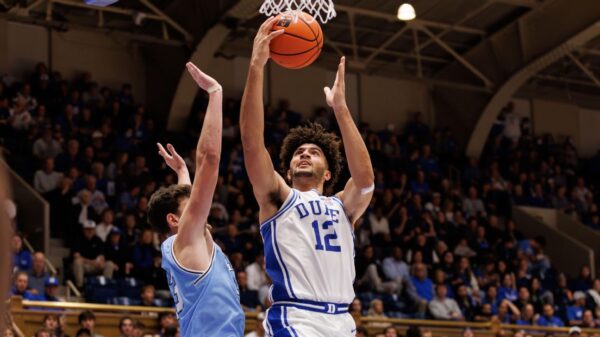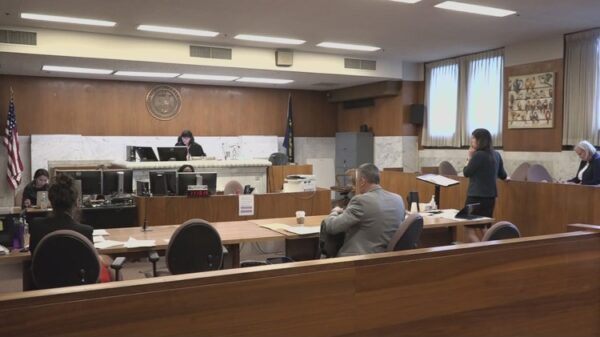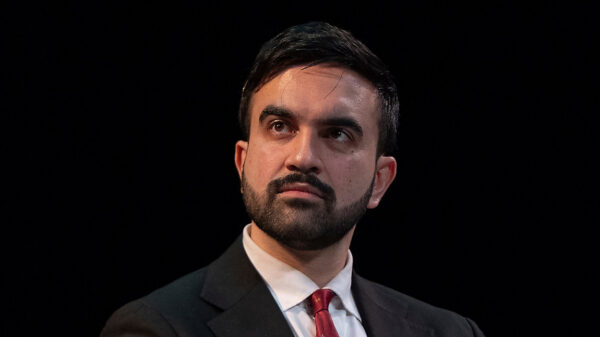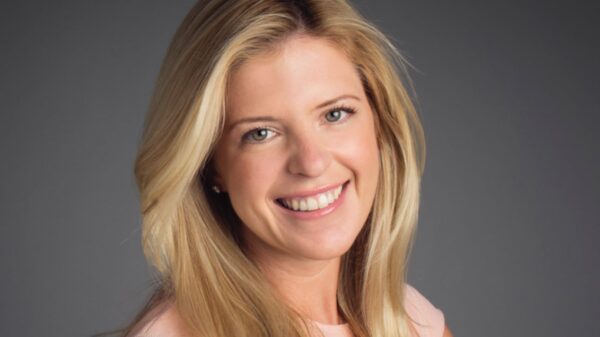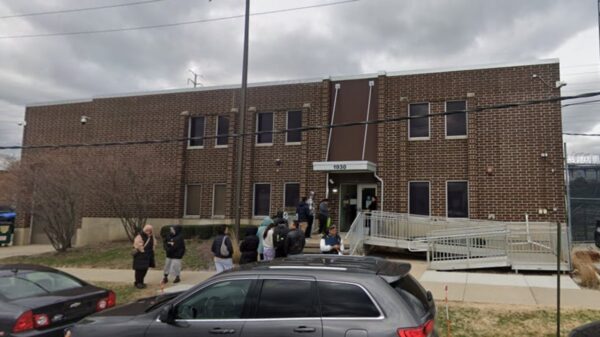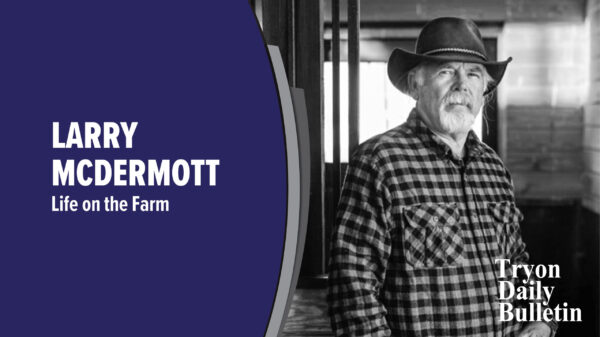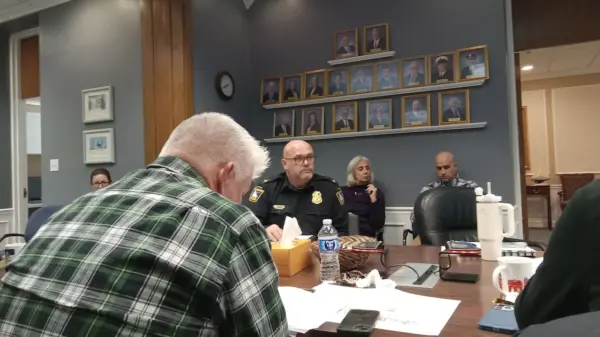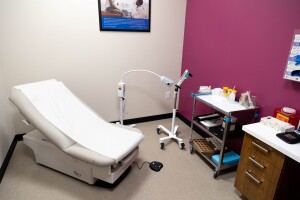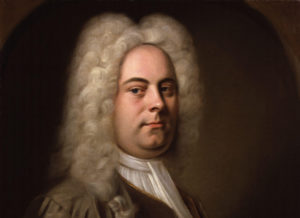The Handel and Haydn Society’s recent performance of Händel’s “Saul” in Boston marked a significant moment for both the ensemble and its audience. Performed at the historic Symphony Hall, the oratorio presented a complex narrative that, while not explicitly a Pride story, resonated with themes of love and connection between men. The concert, which took place in the fall, followed the society’s earlier celebration of queerness in the spring, blending historical storytelling with contemporary interpretations.
“Saul” distinguishes itself within Händel’s repertoire through its introspective musicality. Unlike many of Händel’s more operatic works, “Saul” opts for a cerebral approach, characterized by austere musical phrases that create a reflective atmosphere. The performance featured striking moments, such as the haunting chiming bells at the conclusion of Act One, which left a lasting impression on the audience.
The orchestra and chorus delivered a sound that felt expansive, employing three choruses onstage and filling the grand space of Symphony Hall. While the ensemble’s performance was polished, some felt it lacked the dramatic intensity typically expected in such a dramatic piece. Conducted by Jonathan Cohen, the interpretation was generally well-received, though some attendees noted a desire for more emotional depth in the performance.
A standout of the evening was Christopher Lowrey, who portrayed David with a distinctive charm. His countertenor voice, described as having a pure and rich timbre, contributed to the character’s complexity. Notably, Lowrey’s performance was marked by a measured approach, avoiding excessive ornamentation while still conveying the emotional weight of his role. His rendition of “O fatal day! How low the mighty lie!” served as a poignant conclusion to the night.
Equally impressive was Linard Vrielink in the role of Jonathan. Vrielink brought a refreshing interpretation to the character, avoiding stereotypical portrayals and instead presenting Jonathan as a heroic figure. His vocal performance was rich in color, providing a contrast to the more subdued interpretations often found in Baroque music. Vrielink’s charisma and stage presence added an operatic flair that enriched the performance.
In the role of Saul, Neal Davies exhibited both strength and conviction. His portrayal included powerful moments, particularly in the third act, but some critics noted that his role felt somewhat diminished due to the concert format and his adherence to the score. This sometimes undermined the psychological depth inherent in the character, which is a hallmark of Händel’s writing for bass voices.
Soprano Sarah Brady showcased her vocal talent throughout the performance. Her ability to navigate rapid passages was commendable, although her most distinctive moments emerged during the more lyrical sections. In contrast, Amanda Forsythe as Michal delivered a performance infused with romantic charm. Her handling of the character’s higher range was noted, although some felt it did not fully showcase her abilities.
The overall experience of attending “Saul” in Boston was underscored by the city’s commitment to preserving and celebrating Baroque repertoire. While the performance was commendable, many in attendance expressed a hope for future stagings of the work, which could enhance its dramatic impact.
In conclusion, the Handel and Haydn Society’s rendition of “Saul” was a notable event that brought together historical context and modern interpretation. As audiences continue to engage with such performances, the potential for deeper explorations of themes like love and identity remains an exciting prospect for future productions.



